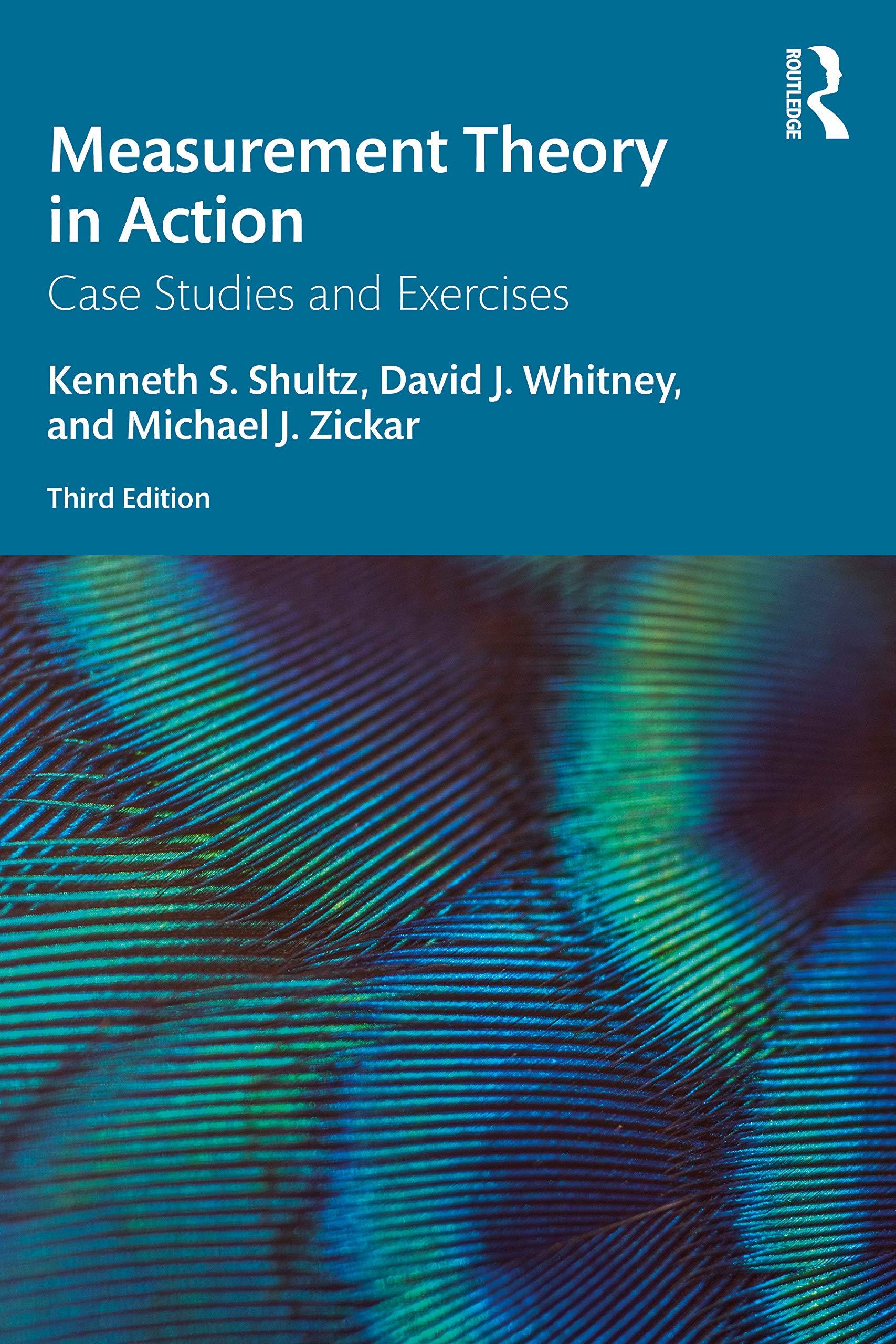Although he had worked in human resources (HR) for a little more than a year, Connor Maxfield
Question:
Although he had worked in human resources (HR) for a little more than a year, Connor Maxfield had been unexpectedly promoted to oversee the selection of new employees into MiniCorp after his boss resigned last month. Although he was now responsible for filling all vacancies in the organization, relatively low-level production workers would be hired most frequently. It seemed that every month there were at least two or three of these jobs that needed to be filled. The current personnel selection system for production workers had been in place for years. Applicants were given a paper-and-pencil job knowledge test and personality inventory. Those who passed the tests were then administered a 40-minute structured interview. In searching through records in the HR department, Connor was surprised to see that, combined, these tests accounted for a mere 25% of the reliable variance in job performance. Recognizing that more than 75% of the reliable variance in job performance remained unexplained by use of the current selection system, Connor vowed to improve things.
Connor spent every night for more than a week investigating a variety of selection tests that could be used to predict the future job performance of production worker applicants. Determining that the current three tests not only made logical sense but also demonstrated good validity, Connor decided he wouldn’t attempt to replace these tests. Instead, he would add additional selection tests to the selection system until he was able to explain as close to 100% of the reliable variance in job performance as possible. He had a sneaking suspicion that measures of cognitive ability, biodata, and a work sample might go a long way to selecting the ideal candidate, but still other tests might be needed as well. Although brief, Connor’s work experience had convinced him of the importance of seeking validation evidence before implementing a new selection system. He planned to administer all of the possible new selection tests to his entire staff of production workers, which numbered 53 employees. He then expected to regress supervisor ratings onto these test scores to obtain a multiple correlation coefficient. Reflecting for a moment on his plan, Connor thought he had better get to it—he was certainly going to be busy.
Questions
1. What type of criterion-related validity study does Connor plan on conducting?
2. What is the criterion-related validity of the current selection system for production workers at MiniCorp?
3. Is Connor’s plan to attempt to explain nearly 100% of the reliable variance in job performance feasible? Explain.
4. What practical concerns might Connor encounter even if he did find that a selection battery of six or more tests was useful in predicting job performance for production workers?
5. How should Connor go about attempting to identify additional useful predictors of job performance for production workers?
6. What minimum sample size would be recommended for conducting a criterion-related validity study with three predictors? Six predictors?
7. Given the number of production workers at MiniCorp, what method of criterion-related validity should Connor consider using?
Step by Step Answer:

Measurement Theory In Action
ISBN: 9780367192181
3rd Edition
Authors: Kenneth S Shultz, David Whitney, Michael J Zickar





